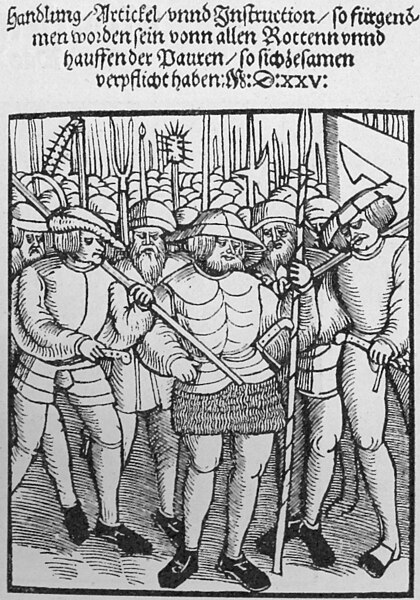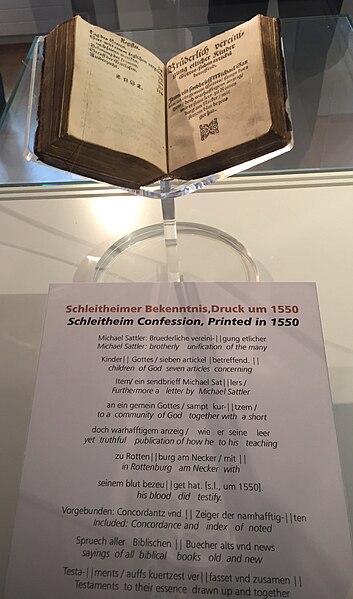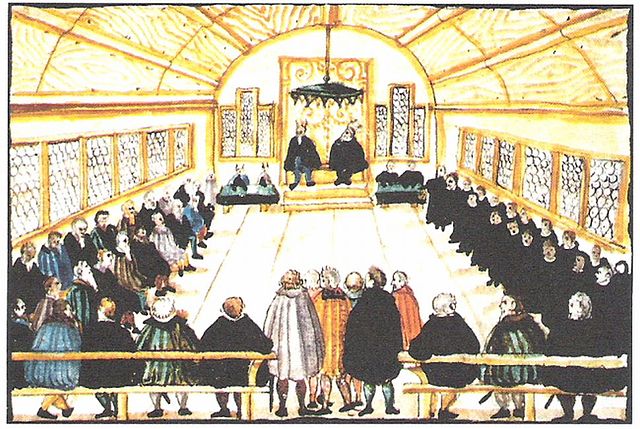The Schwarzenau Brethren, the German Baptist Brethren, Dunkers, Dunkards, Tunkers, or sometimes simply called the German Baptists, are an Anabaptist group that dissented from Roman Catholic, Lutheran and Reformed European state churches during the 17th and 18th centuries. German Baptist Brethren emerged in some German-speaking states in western and southwestern parts of the Holy Roman Empire as a result of the Radical Pietist revival movement of the late 17th and early 18th centuries.
Brethren emphasize simplicity and humility in their life, including their architecture—as exemplified by this simple church built by Dunkers in Germantown, Philadelphia, pictured c. 1905.
Anabaptism is a Christian movement which traces its origins to the Radical Reformation in the 16th century. Anabaptists believe that baptism is valid only when candidates freely confess their faith in Christ and request to be baptized. Commonly referred to as believer's baptism, it is opposed to baptism of infants, who are not able to make a conscious decision to be baptized.
Twelve Articles of the Peasants pamphlet of 1525
Schleitheim Confession printed in 1550, displayed in the Anabaptist Room of the Local History Museum in Schleitheim, Switzerland.
Dissatisfaction with the outcome of a disputation in 1525 prompted Swiss Brethren to part ways with Huldrych Zwingli.
Thomas Müntzer led the German peasants against the landowners





